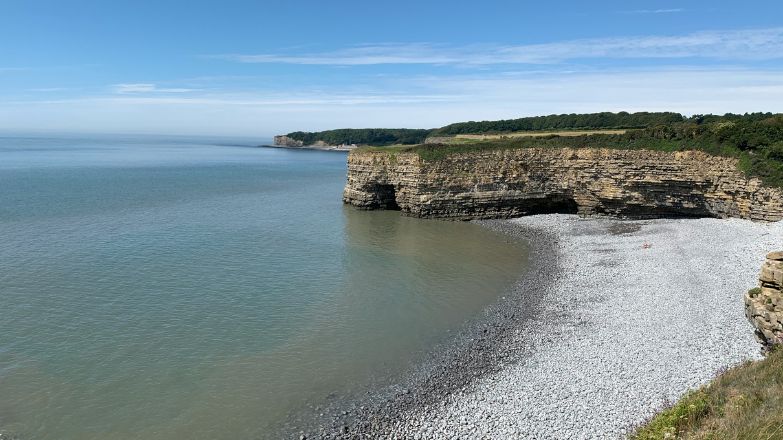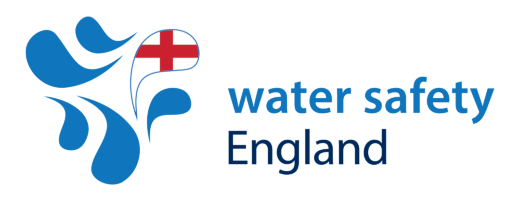Coasteering and Tombstoning

In 2007, members of the Forum started a project to jointly consider the risks arising from the activities of coasteering and tombstoning.
There was increasing concern regarding the number of emergency call outs and serious harm involving both activities, compounded by the perception that these were increasing trends along with the possibility of a disproportionate response. The project aimed to address a number of issues; no risk analysis, taking into consideration both the benefit and harm, compounded by poor risk information; and a lack of joined up and proportionate messages; and a lack of clarity regarding the standards and governance involved in commercial coasteering.
The critical difference between coasteering and tombstoning is the informal nature of the latter. The obligations on land managers and duty holders are different from the organised and often paid for activity of coasteering. In determining the response Forum, members took into account these differences. Their response was also guided by the principles for managing water related risks.
To address the issue, working and stakeholder groups were created, involving some 120 members. These represented participants, safety and rescue organisations, industry bodies and activity providers.
Coasteering
Coasteering is a popular emerging activity that involves traversing along the intertidal zone, using a combination of scrambling, walking, and swimming to complete the journey. It often involves a series of jumps into deep water. The initial project period focused upon the commercially occurring activity, with the aims of: bringing together the providers, industry associations, safety and rescue organisations and regulators, providing a mechanism to resolve potential safety issues or concerns and establishing an agreed set of operational standards.
The National Coasteering Charter (NCC) was formed in 2011. It is a voluntary association of coasteering providers who oversee the creation of collective advice for its members. Principal among these is their advice document below:
Coasteering providers can find out more about training and guide qualifications and join the NCC by visiting the website.
Tombstoning
It is important to recognise that tombstoning is an activity that has occurred around the coast for generations. Unfortunately over recent years it has gained attention for the wrong reasons, with a number of people being killed or seriously injured. The title was adopted because of the way a person falls and plunges into deep water, in a similar way a stone would. Tombstoning is typically undertaken by individuals, with varying degrees of planning and formality attached. Quite often, the media will use the tag 'tombstoning' to describe a wide range of activities where people jump into the water from height.
Agreed safety messages
- Don't jump into the unknown.
- Tombstoning involves jumping or diving from a height into water. It is a high-risk activity, which is unregulated and undertaken by unsupervised individuals.
Tombstoning can be dangerous because:
- water depth alters with the tide; the water may be shallower than it seems
- submerged objects like rocks may not be visible; they can cause serious injury if you jump onto them
- the shock of cold water may make it difficult to swim
- strong currents can rapidly sweep people away
